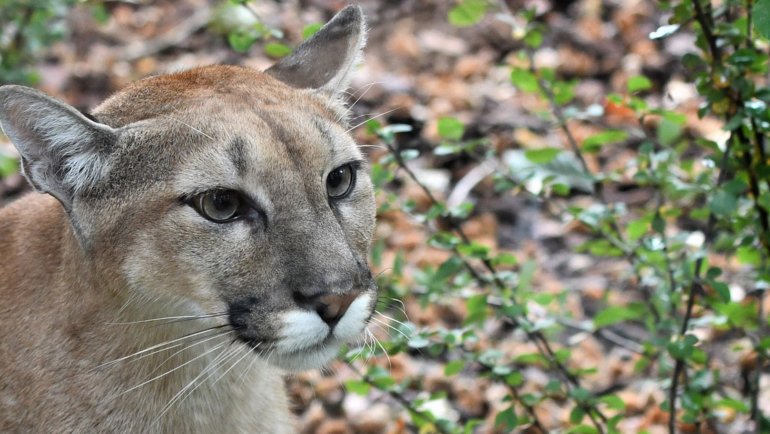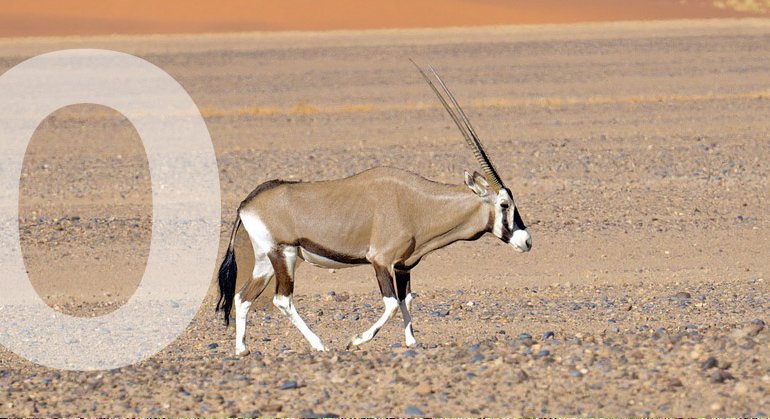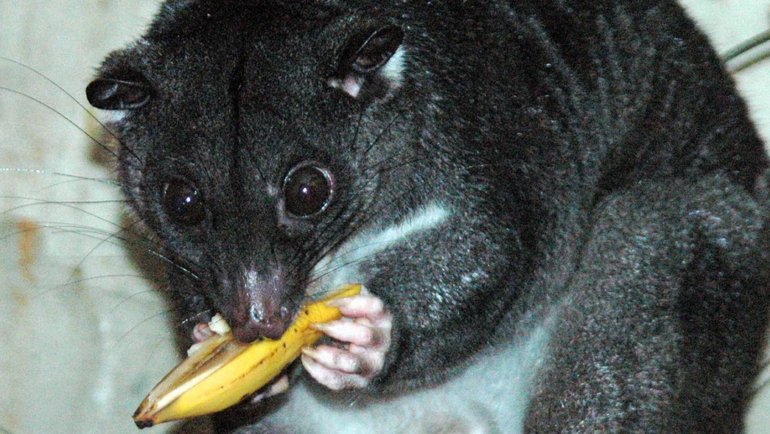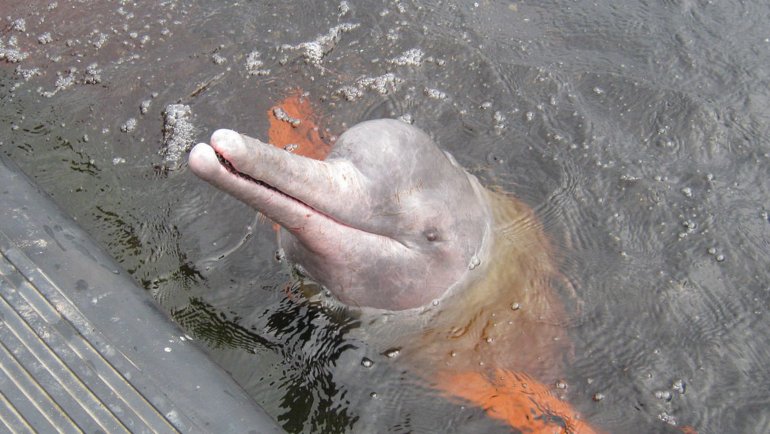The African Wild Dog, often affectionately referred to as the “Painted Dog” due to its mottled coat, is one of Africa’s most distinct and captivating predators. With large, rounded ears, a lean physique, and a coat that looks like a canvas splashed with tan, black, and white, this canid isn’t just physically unique.
It also boasts an intriguing social structure and hunting strategy that sets it apart from other African predators. But to truly appreciate the African Wild Dog’s existence, one must first understand its habitat—a key component of its behavior, survival, and current conservation status.
Geographical Distribution
Range: Countries and Regions in Africa Where They Are Found
African Wild Dogs are sub-Saharan creatures. Historically, their range extended throughout much of the African continent, from the deserts of Egypt and the Sahel in the north to the tip of South Africa. Today, they are primarily found in southern and eastern African countries.
Notable strongholds include parts of Botswana, Tanzania, Zimbabwe, and Mozambique. Smaller populations can be found in regions of Zambia, Kenya, and Namibia among others.
Historical vs. Current Range: A Look into Habitat Reduction
Regrettably, the vast territories once roamed by these predators have seen dramatic reductions over the past century. From an extensive range spanning over 39 countries, the African Wild Dog’s territory has now been confined primarily to a few protected areas and reserves. Rapid human expansion, coupled with habitat fragmentation and increased conflict with humans, has played a significant role in this decline.
Historical accounts suggest that these dogs were once even found in parts of North Africa, though those populations have long since vanished. As a reflection of this shrinking habitat, their current population is estimated at fewer than 7,000 individuals, classifying them as endangered.

The African Wild Dog’s Preferred Habitats
Terrain Types: Savannas, Grasslands, and Woodland Areas
The African Wild Dog’s preference for specific terrains is closely linked to their hunting strategies and social behaviors.
Savannas, characterized by vast open spaces interspersed with acacia trees, offer the dogs ample room for their pursuit-heavy hunting techniques. These wide expanses allow them to employ their impressive stamina, running down prey over long distances.
Grasslands, especially those adjacent to woodland fringes, provide a dual advantage. While the open grassy areas facilitate hunting, the adjoining woodlands offer shade and relative seclusion for resting during the hotter parts of the day.
Woodland areas, particularly those with clear undergrowth, are equally vital. Not only do they provide shade and protection from the scorching African sun, but they also serve as prime denning locations, especially for pups during their vulnerable early days.
Water Sources
African Wild Dogs, like most living creatures, require regular access to fresh water, not just for drinking but also for cooling down. While they can go for longer periods without water compared to many other animals, it remains a vital resource.
Water sources, such as rivers, lakes, or even seasonal waterholes, are often central to their territories. Proximity to water also means a higher density of prey animals, further incentivizing the wild dogs to establish territories near these sources.
Shelter and Denning Areas
Shelter is crucial for African Wild Dogs, particularly for the young and vulnerable members of the pack. They often utilize the abandoned burrows of other animals, such as aardvarks, for their dens. These underground spaces offer protection against both the elements and potential predators.
When a pack has young pups, the den becomes the central hub of activity. Adults take turns guarding the entrance, ensuring the safety of the next generation. The choice of denning area is strategic, usually selected for its concealment properties and proximity to both water and hunting grounds.
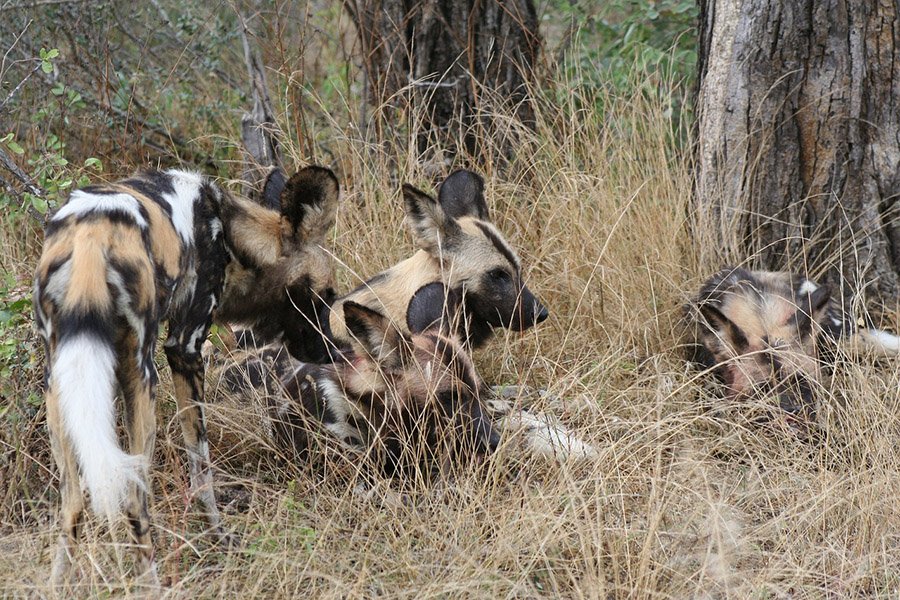
Factors Influencing Habitat Choice
Prey Availability
The African Wild Dog’s diet mainly consists of medium-sized ungulates, such as impalas and gazelles. Therefore, the abundance of these animals in a given area significantly influences the wild dog’s choice of habitat. If a region has a high density of its favored prey, it’s likely to attract and sustain a pack.
On the other hand, regions with low prey density can often lead to the pack expanding its territory in search of food, increasing the energy expenditure and risks during hunting.
Presence of Competitors and Predators
While African Wild Dogs are efficient hunters, they face stiff competition from other predators, notably lions and spotted hyenas. Lions, being apex predators, pose a direct threat, often killing wild dogs when encounters occur. As a result, wild dogs tend to avoid regions densely populated by lions.
Similarly, while hyenas might not directly harm the dogs, they are notorious for stealing their kills. This kleptoparasitism can make certain territories unsustainable for wild dogs if they consistently lose their food to competitors.
Human Activity and Its Impact
Human encroachment remains one of the most detrimental factors influencing the habitat choice of African Wild Dogs. Areas with high human activity, including farmlands, settlements, and roads, often result in habitat fragmentation.
This not only reduces available territories but also poses direct threats, such as road accidents or conflicts with farmers. As humans continue to expand into previously wild areas, the dogs are forced to adapt, sometimes with fatal consequences.

Where & How To See African Wild Dogs in The Wild?
African wild dogs are elusive animals, making sightings a special and memorable experience. To increase your chances of seeing these magnificent creatures in the wild, consider visiting some of the following locations:
- Moremi Game Reserve, Botswana: Moremi is known for its healthy wild dog population and offers excellent chances of sightings. Join a guided safari tour with knowledgeable guides who are familiar with the local pack’s movements.
- Hwange National Park, Zimbabwe: Hwange is another hotspot for African wild dogs, where conservation efforts have helped maintain a stable population. Safari lodges in the area often collaborate with researchers to track and monitor packs, increasing your chances of a sighting.
- Kruger National Park, South Africa: While sightings are less frequent in Kruger compared to Moremi and Hwange, the park’s vast size and diverse habitats still provide opportunities to spot these elusive animals. The best chance of seeing wild dogs in Kruger is in the park’s southern region.
To maximize your chances of seeing African wild dogs in the wild, consider these tips:
- Timing is important. Wild dogs are crepuscular animals, meaning they are most active during dawn and dusk. Schedule your game drives accordingly.
- Book a guided safari with a reputable tour operator, as they will have experienced guides who know where to find the packs and can identify their tracks and signs.
- Be patient and persistent. African wild dogs are elusive, and sightings are not guaranteed. However, the thrill of spotting them in their natural habitat is well worth the effort.
Frequently Asked Questions
How large is an African Wild Dog’s territory?
The size of a pack’s territory can vary based on several factors like prey availability and the presence of competitors. On average, a pack can roam an area between 185 to 1550 square kilometers.
Why do wild dogs avoid areas with many lions?
Lions are apex predators and are known to kill African Wild Dogs, especially pups. To ensure their safety and that of their offspring, wild dogs avoid areas with high lion densities.
Do African Wild Dogs live in the desert?
While they primarily inhabit savannas, grasslands, and woodland areas, they can occasionally be found in semi-arid regions. However, they avoid true desert habitats due to the scarcity of prey and water.
How do African Wild Dogs react to human settlements?
Wild dogs tend to avoid areas with dense human populations. However, habitat fragmentation has sometimes forced them closer to human settlements, leading to increased human-wildlife conflict.
Are there efforts to reduce human-wild dog conflicts?
Yes, several conservation initiatives aim to educate local communities about wild dogs, promoting coexistence and mitigating conflicts, especially regarding livestock predation.
Learn More About African Wild Dogs
- African Wild Dog: Characteristics, Diet, Facts & More [Fact Sheet]
- Why Are African Wild Dogs Endangered? All About The Threats They Face
- African Wild Dog vs. Hyena: Their Key Differences & Who Would Win a Fight?
- 32 Really Cool Facts About African Wild Dogs
- What Do African Wild Dogs Eat? An Exploration of Their Diet
- African Wild Dog Bite Force: Into the Jaws of The Painted Dog
- Can African Wild Dogs Be Domesticated and Be Pets?
- African Wild Dog Predators: Their Top 5 Natural Enemies
- Are African Wild Dogs Dangerous? Do They Attack Humans?
- The Secrets Behind The African Wild Dog’s Hunting Success Rate
- African Wild Dog vs. Wolf: A Comparison & Who Wins in a Fight?


